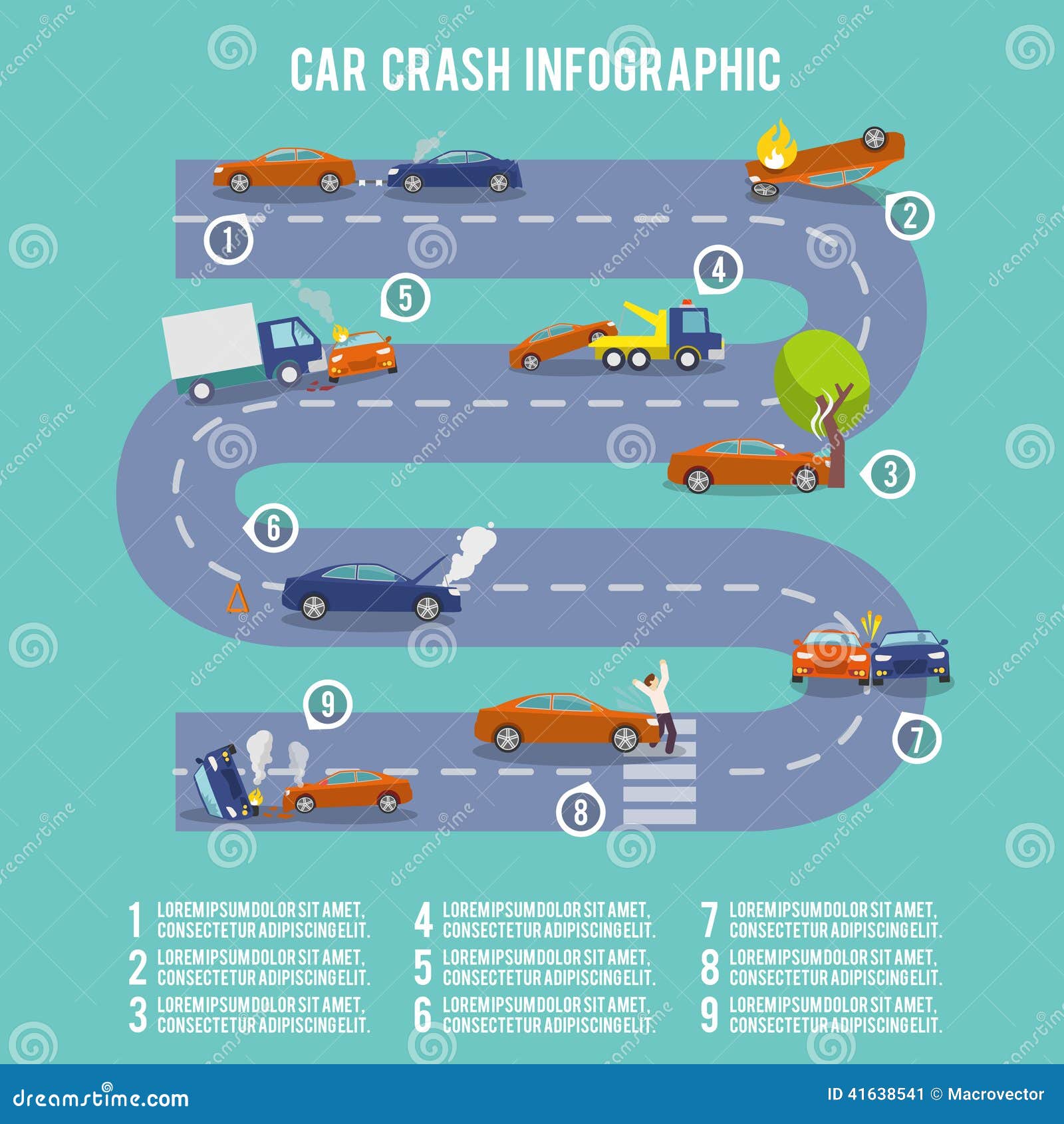Understanding Your Vehicle'S Warning Lighting: What Do They Really Mean?
Understanding Your Vehicle'S Warning Lighting: What Do They Really Mean?
Blog Article
Material Produce By-Lauritsen Torres
When you're behind the wheel, those beautiful caution lights on your dashboard can be a bit difficult. Do you know what they're trying to inform you concerning your automobile's health and wellness? Comprehending the significance of these lights is essential for your safety and the long life of your automobile. So, the next time one of those lights pops up, would not you intend to understand its message precisely and take the necessary steps to address it?
Common Warning Lights and Interpretations
Determine common warning lights in your auto and understand their meanings to make certain risk-free driving.
mouse click the following post of the most typical warning lights include the check engine light, which signifies concerns with the engine or emissions system. If australia car detailing begins, it's critical to have your vehicle examined promptly.
The oil pressure alerting light suggests reduced oil pressure, needing prompt focus to prevent engine damages.
A flashing battery light might recommend a damaged billing system, possibly leaving you stranded if not addressed.
The tire pressure monitoring system (TPMS) light notifies you to reduced tire stress, impacting car stability and fuel effectiveness. Overlooking this could cause unsafe driving conditions.
The abdominal light suggests a problem with the anti-lock braking system, compromising your capacity to quit swiftly in emergencies.
Last but not least, the coolant temperature level alerting light warns of engine getting too hot, which can result in severe damage if not fixed quickly.
Understanding these common caution lights will help you resolve concerns without delay and keep safe driving conditions.
Relevance of Prompt Focus
Recognizing the common caution lights in your auto is only the initial step; the value of immediately resolving these warnings can not be highlighted enough to ensure your security on the road.
When a warning light brightens on your dashboard, it's your vehicle's method of interacting a prospective issue that needs focus. Ignoring these warnings can result in more extreme issues later on, compromising your safety and security and potentially costing you more out of commission.
Motivate attention to cautioning lights can stop malfunctions and accidents. As an example, a blinking check engine light can show a misfire that, if left unattended, can create damages to the catalytic converter. Addressing this without delay can conserve you from a pricey repair.
Likewise, a brake system warning light may signify low brake fluid or used brake pads, essential elements for your safety and security when driving.
DIY Troubleshooting Tips
If you see a caution light on your control panel, there are a few DIY troubleshooting pointers you can attempt before looking for expert assistance.
The primary step is to consult your auto's guidebook to comprehend what the particular caution light shows. Occasionally the concern can be as basic as a loose gas cap setting off the check engine light. Tightening the gas cap might deal with the problem.
An additional common concern is a low battery, which can set off numerous cautioning lights. Inspecting the battery links for rust and ensuring they're protected could fix the problem.
If a warning light lingers, you can try resetting it by detaching the cars and truck's battery for a few mins and after that reconnecting it. In addition, checking your lorry's liquid degrees, such as oil, coolant, and brake liquid, can assist fix advising lights associated with these systems.
Conclusion
To conclude, understanding your cars and truck's warning lights is important for maintaining your lorry running smoothly and safely. By quickly attending to these informs and recognizing what they imply, you can prevent expensive repairs and prospective break downs.
Remember to consult your car's manual for specific details on each cautioning light and act appropriately to make sure a hassle-free driving experience.
Remain notified, remain risk-free when traveling!
